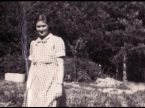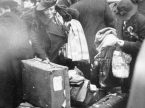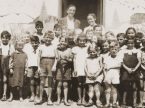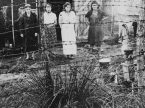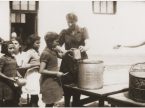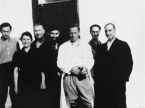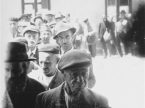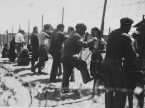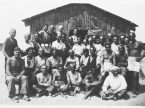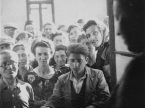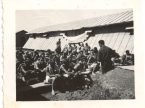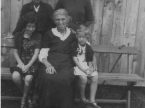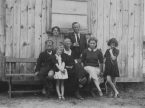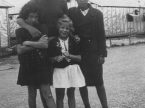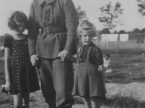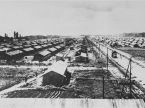The Cost of Survival
The first refugees in Le Chambon were Spanish republicans fleeing Franco and the Spanish Civil War in the late 1930s. Other refugees came from the French internment camps for Jews, such as Gurs, Rivesaltes, and Les Milles. In one isolated case, 6,000 Jews were deported from German border regions to Gurs which was the only deportation from Germany that headed west to France instead of east to Poland.
Several aid organizations – such as the Swiss Red Cross and the Cimade – were present inside the French camps and aid workers often approached parents who were willing to give permission to have their children transferred out of the camps. Transferring children out of camps like Gurs with the help of aid organizations meant that the children would have to leave their parents behind in the camps. Parents knew that this would be their children’s sole opportunity to escape the deprivations, hardships, and unknown fate that lay ahead.
For many child refugees of Le Chambon, they later came to understand that the cost of survival meant hiding in isolation and never seeing their families again.

The Cost of Survival
The Kann family was interned in the Gurs concentration camp in southwest France.Deportation and life at Gurs Concentration Camp (Video)
This video tells the story of the survivors' deportation from Western Germany to Southern France by the Germans. At the end of a long train ride, these survivors found themselves in the Gurs Concentration Camp in the '"Free Zone" of Vichy France.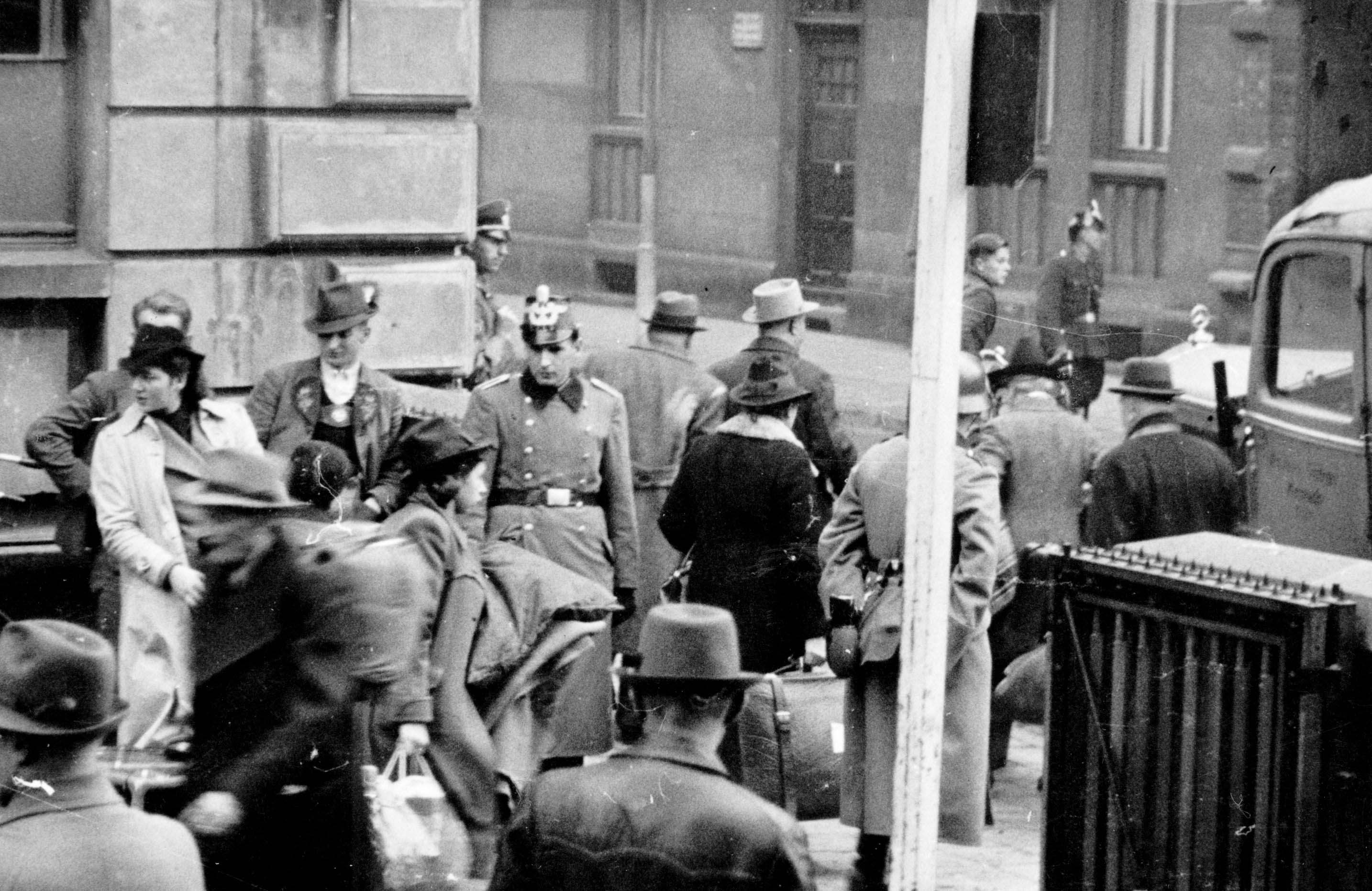
Deportation from Germany
Picture of Operation Bürckel, when Jews in the Saar, Palatinate, and Baden regions of Germany were arrested and deported to Gurs Internment Camp.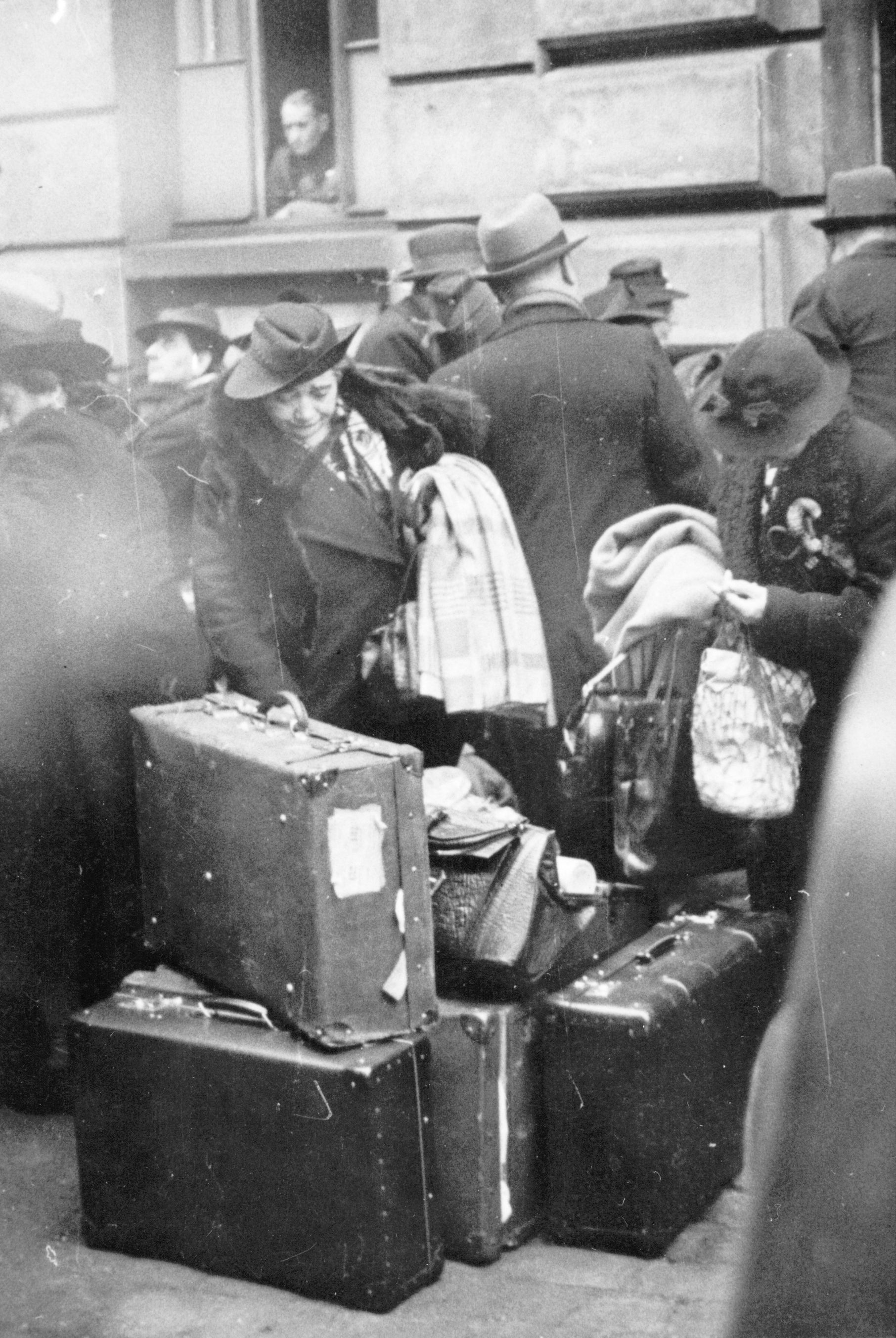
Deportation from Germany
Picture of Operation Bürckel, when Jews in the Saar, Palatinate, and Baden regions of Germany were arrested and deported to Gurs Internment Camp.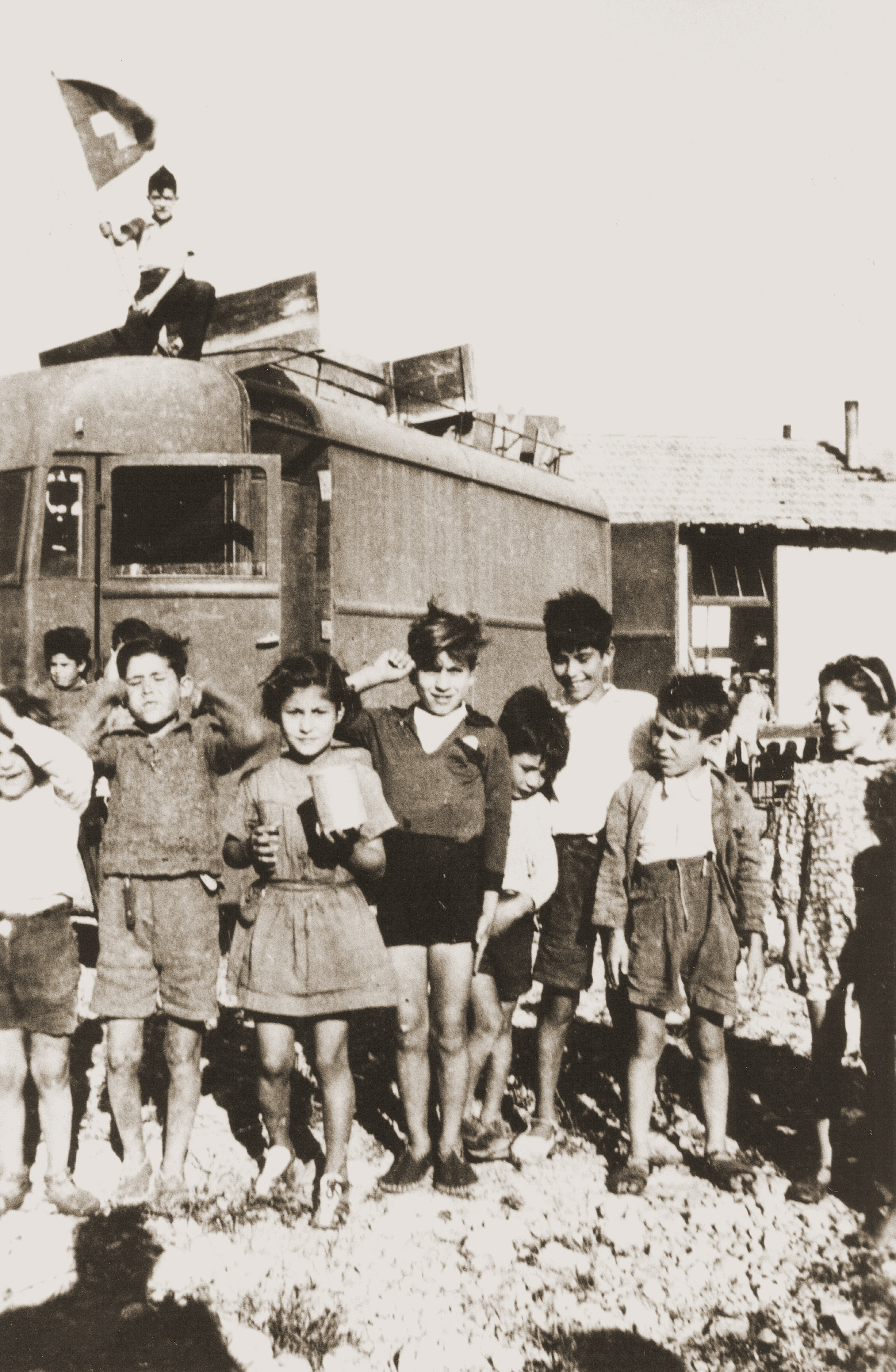
Children in Rivesaltes
Social workers and nurses from the OSE (Oeuvre secours aux enfants), Secours Suisse aux enfants and the AFSC (American Friends Service Committee) were allowed to provide relief services in the camp and even to arrange for the transfer of interned youngsters to children's homes elsewhere in France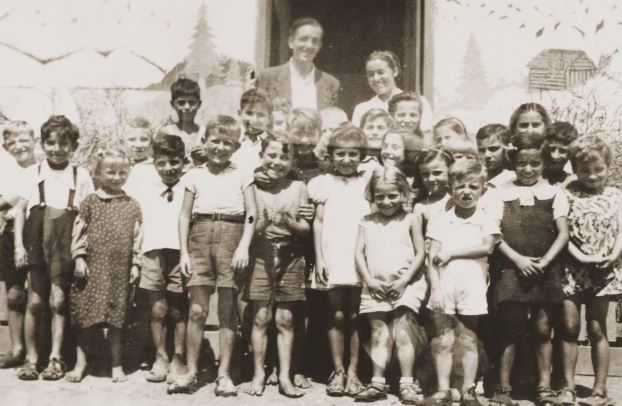
Children in the Rivesaltes Internment Camp
Friedel Reiter and August Bohny pose with a group of children in front of the Secours Suisse barracks in the Rivesaltes internment camp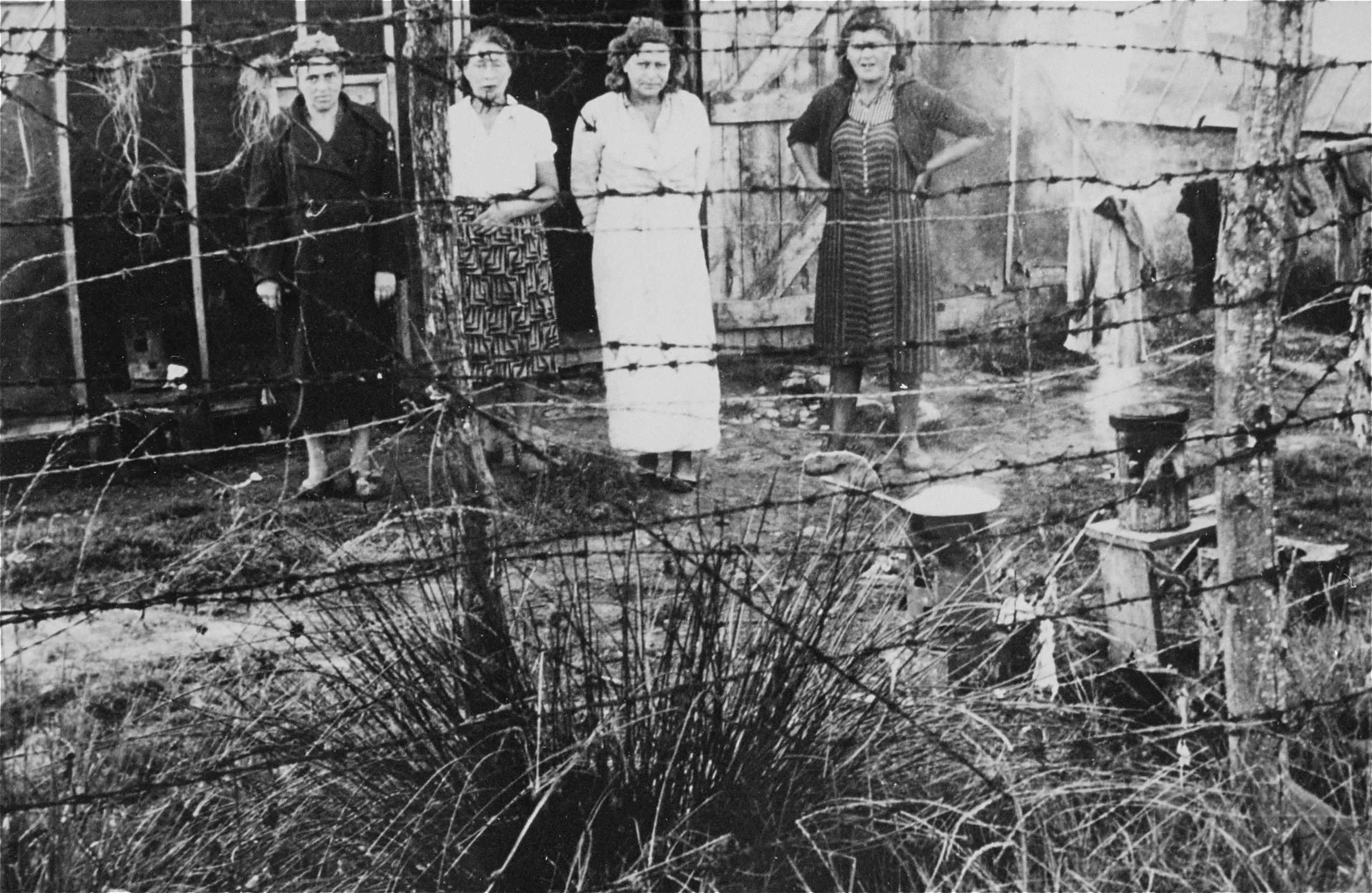
Female Prisoners at Gurs
This photograph was shot secretly by Alice Resch-Synnestvedt, a relief worker from the American Friends Service Committee, during her stay at the camp.
Food distribution at Rivesaltes
Children in the Rivesaltes transit camp receive food from Secours Suisse.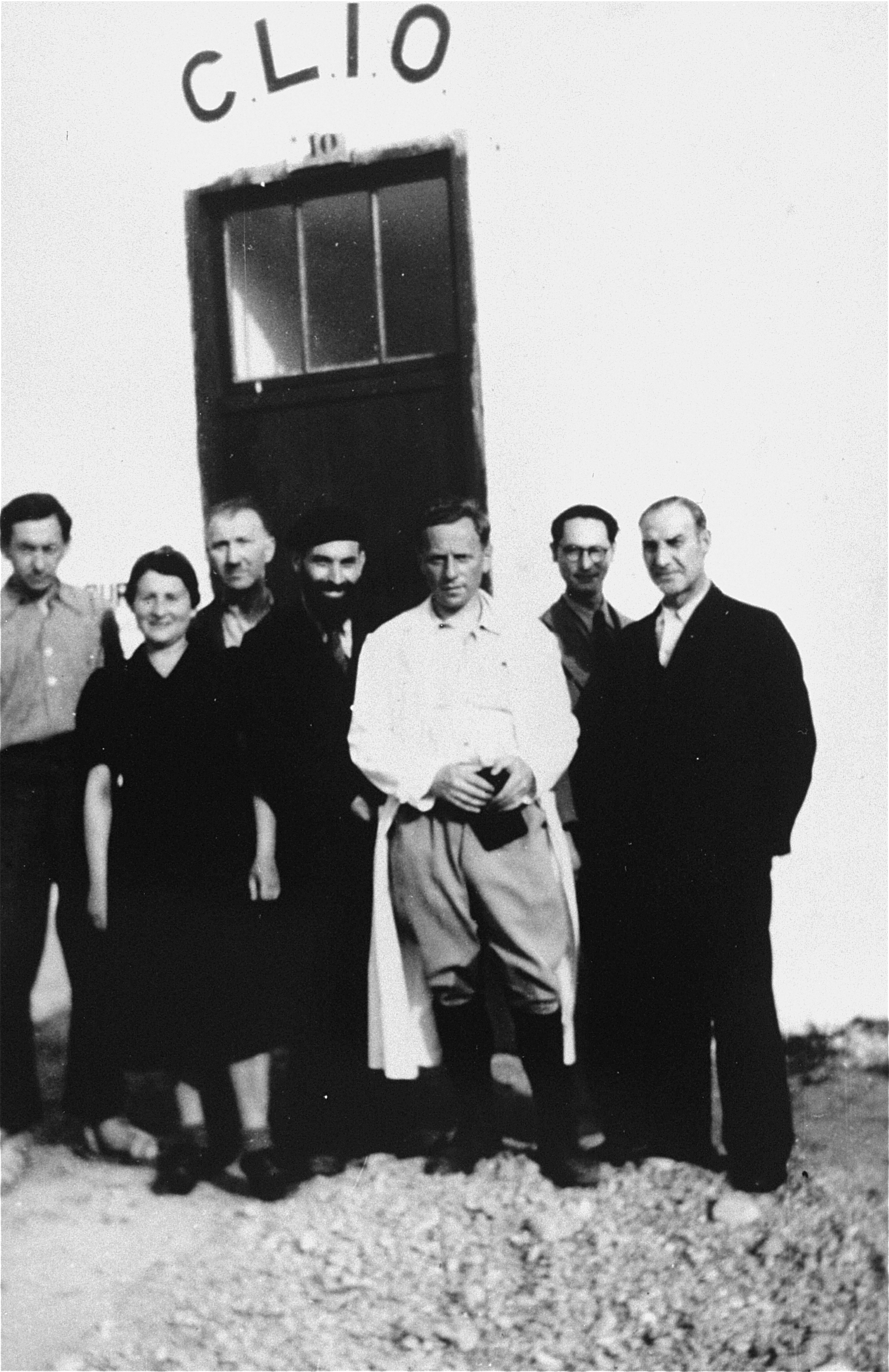
Members of CLIO
Pictured third from left is Erwin Heilbronner. Also pictured in the center is Rabbi Jacob Bloch, the founder and chair of the committee and rabbi of the camp. Dr. Malkin of the OSE is pictured in the white coat.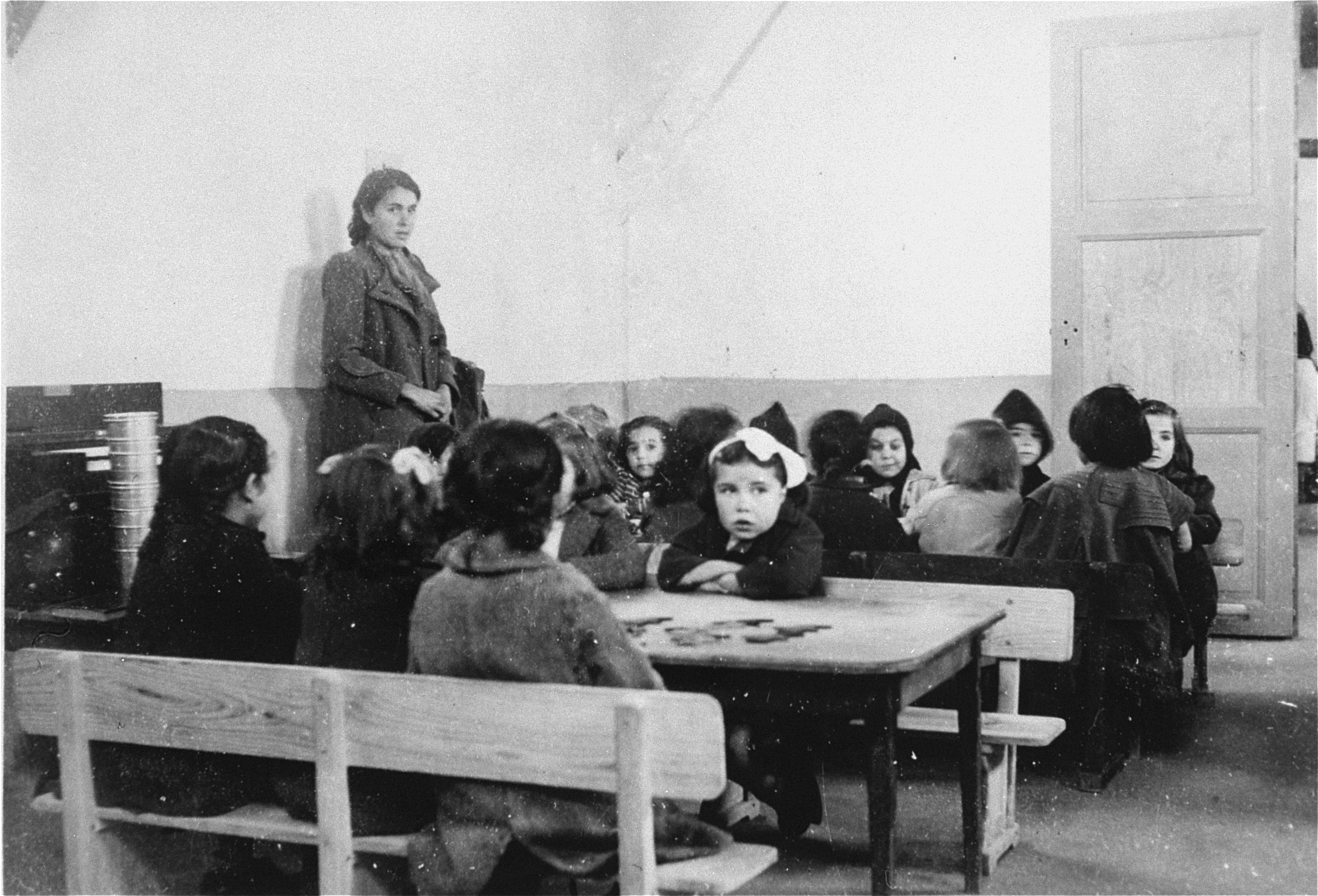
OSE pre-school in Rivesaltes Internment Camp
Children, imprisoned in the Rivesaltes transit camp, attend an OSE pre-school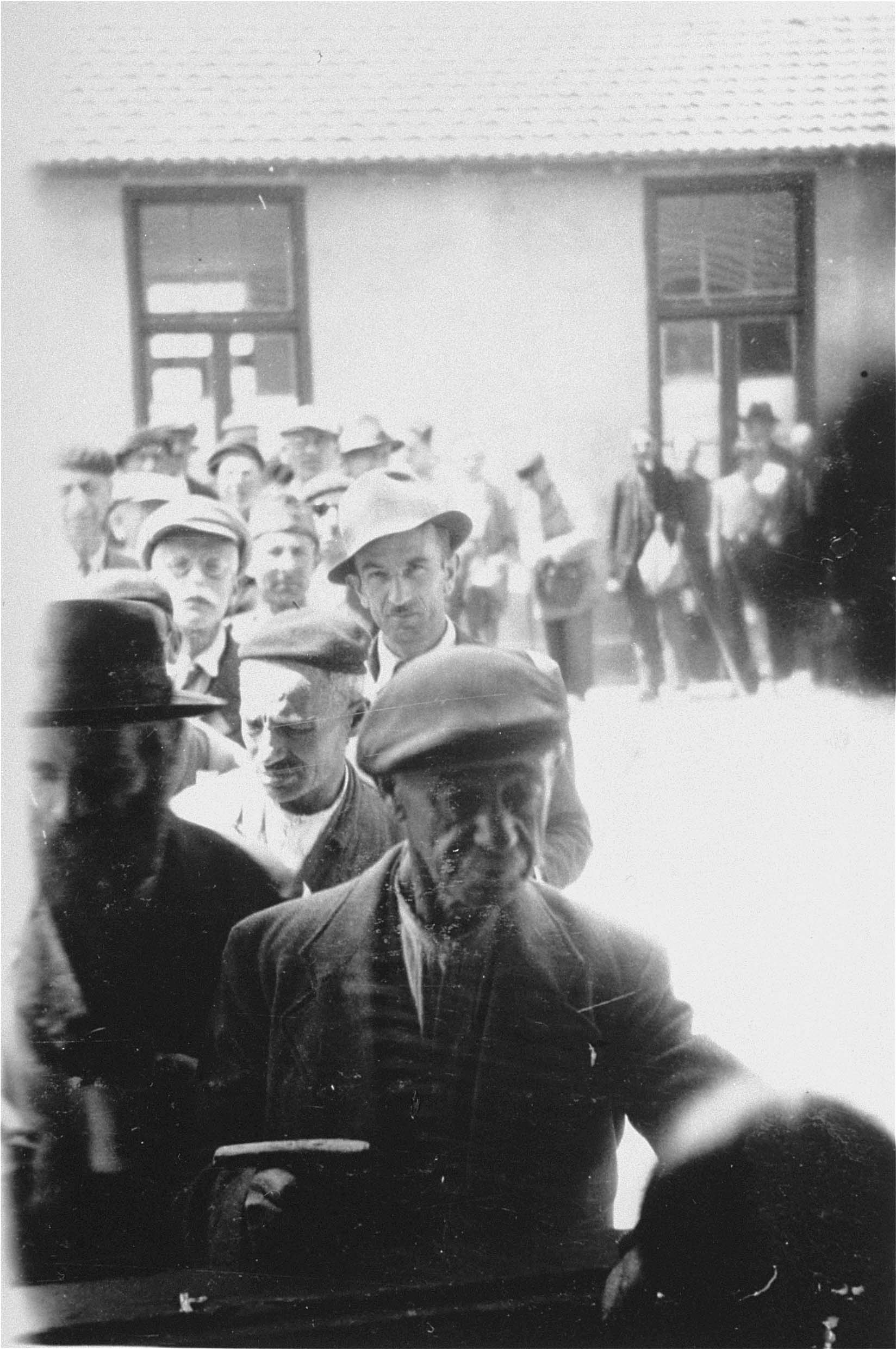
Prisoners at Rivesaltes Internment Camp in line for food distribution
Prisoners at the Rivesaltes Internment Camp wait in line for food distributed by a relief agency.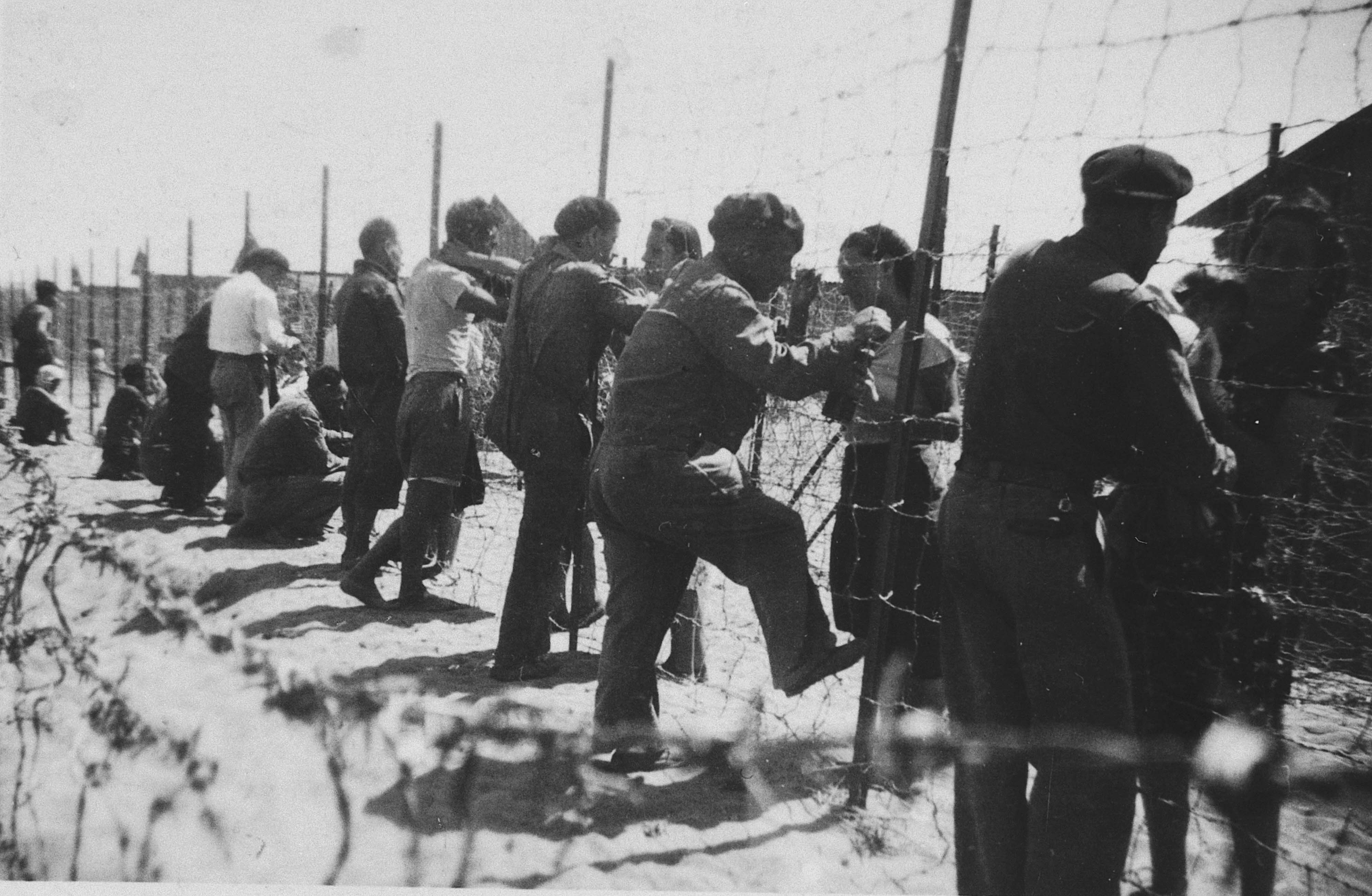
Prisoners gathered by the barbed wire fence at Gurs Internment Camp
Prisoners gather by the barbed wire fence surrounding the Gurs internment camp.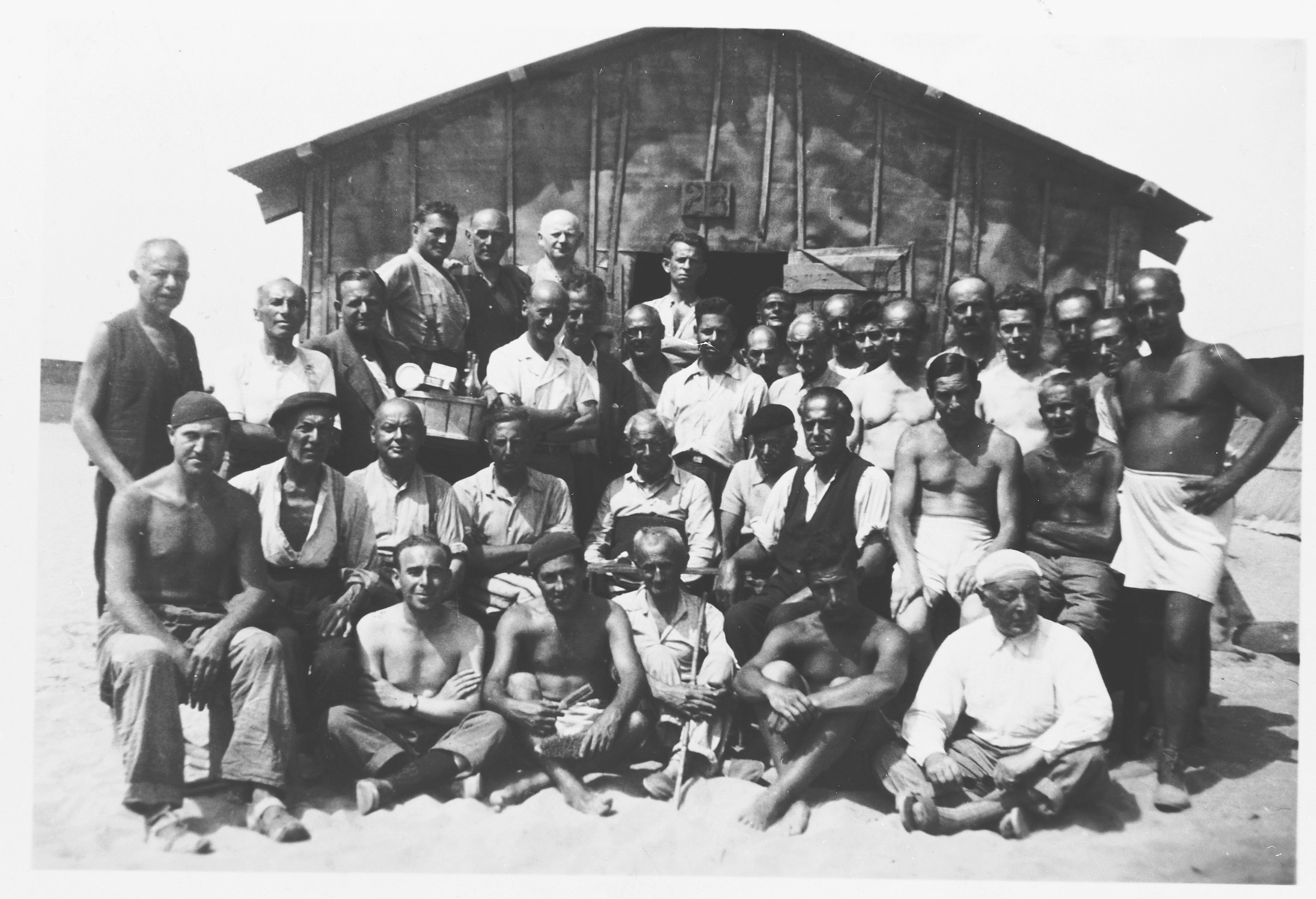
Prisoners in front of a barrack at Gurs Transit Camp
Group portrait of prisoners in front of a barrack in the Gurs transit camp.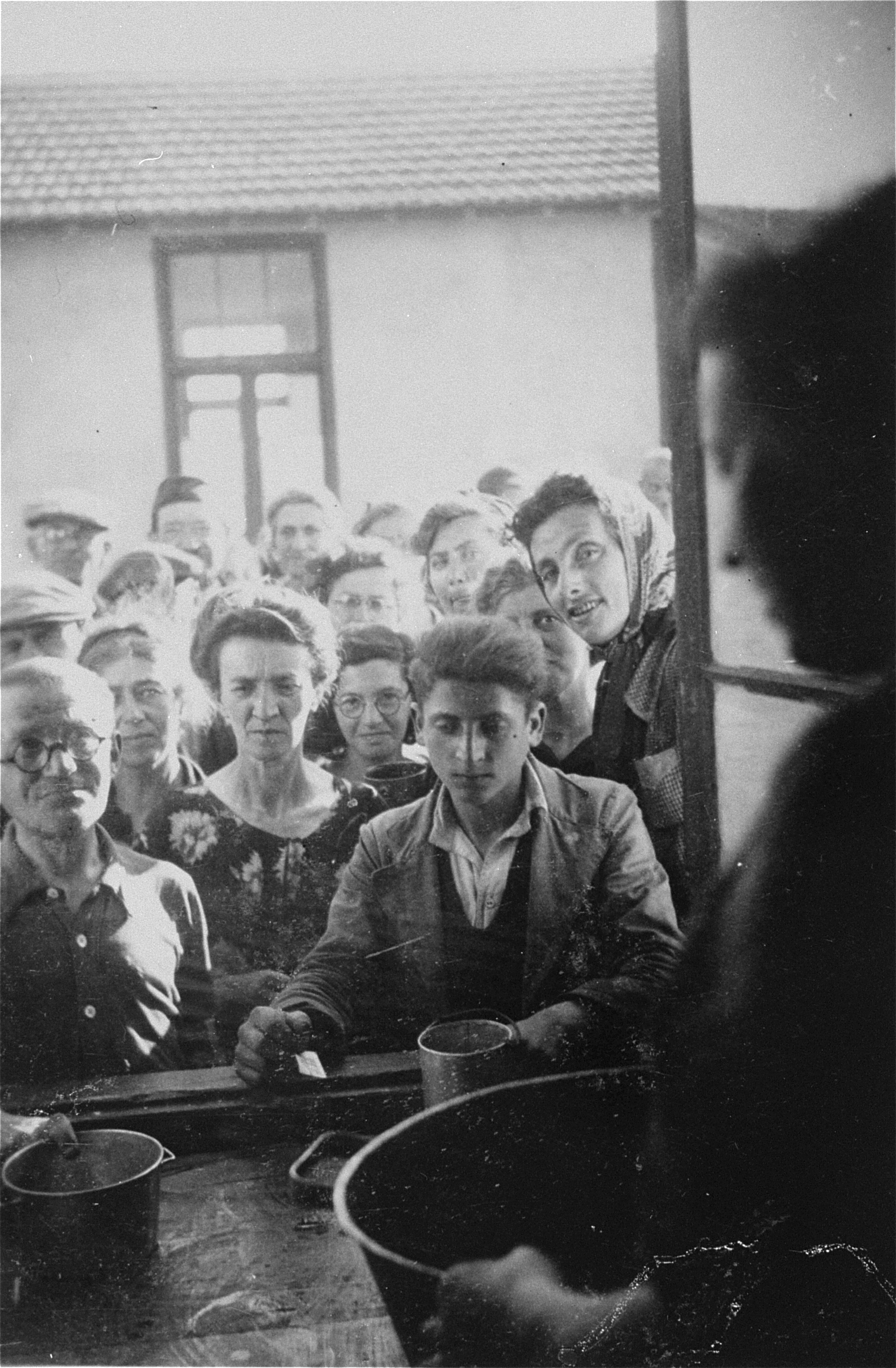
Prisoners in Rivesaltes line up at a food distribution
Internees suffered from malnutrition, disease from surrounding swamps, and exposure to heat and cold. Here, prisoners are pictured lined up at a food distribution point.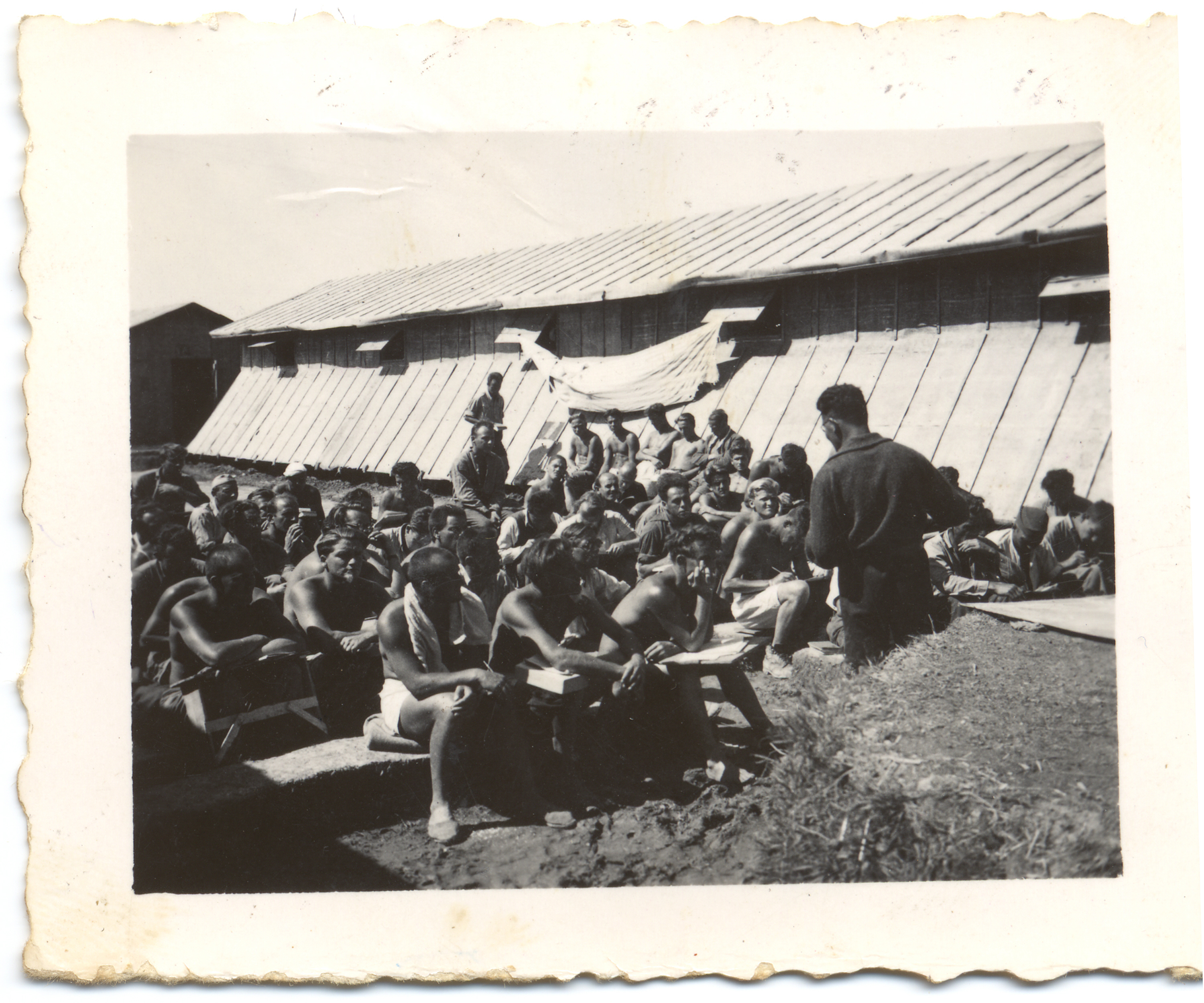
Prisoners listen to a speaker in Gurs
The prisoners pictured were possibly members of the International Brigade who fought in the Spanish Civil War.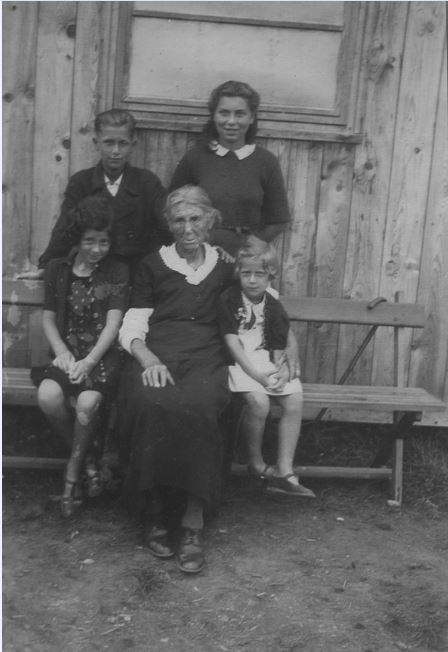
The Kann family at the Gurs concentration camp
Renée Kann Silver (bottom left) pictured with her family at the Gurs concentration camp
The Kann Family at the Gurs Internment Camp
The Kann family was interned in the Gurs concentration camp in southwest France.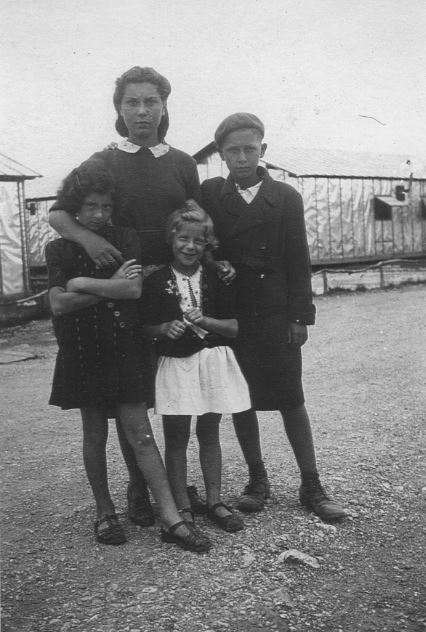
The Kann Family in Gurs Internment Camp
Renee Kann Silver with her siblings and her mother at Gurs Internment Camp.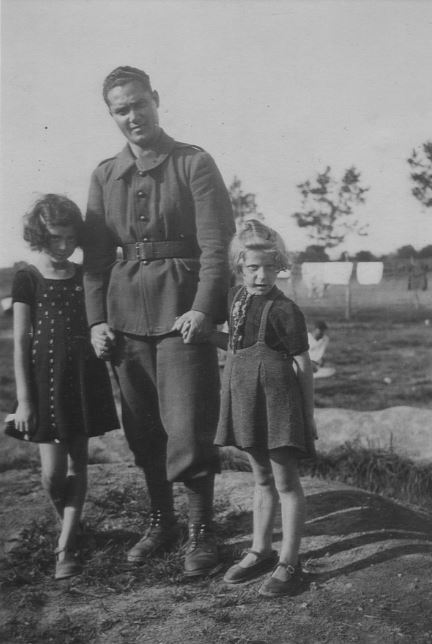
The Kann sisters with a Spanish Civil War refugee
The Kann family was interned in the Gurs concentration camp in southwest France. They were interned after the capitulation of France because they were considered Germans (rather than Jews) and thus, enemies of France. Later, this camp was used to hold the Jews arrested in the southern zone and administered by the government in Vichy.
